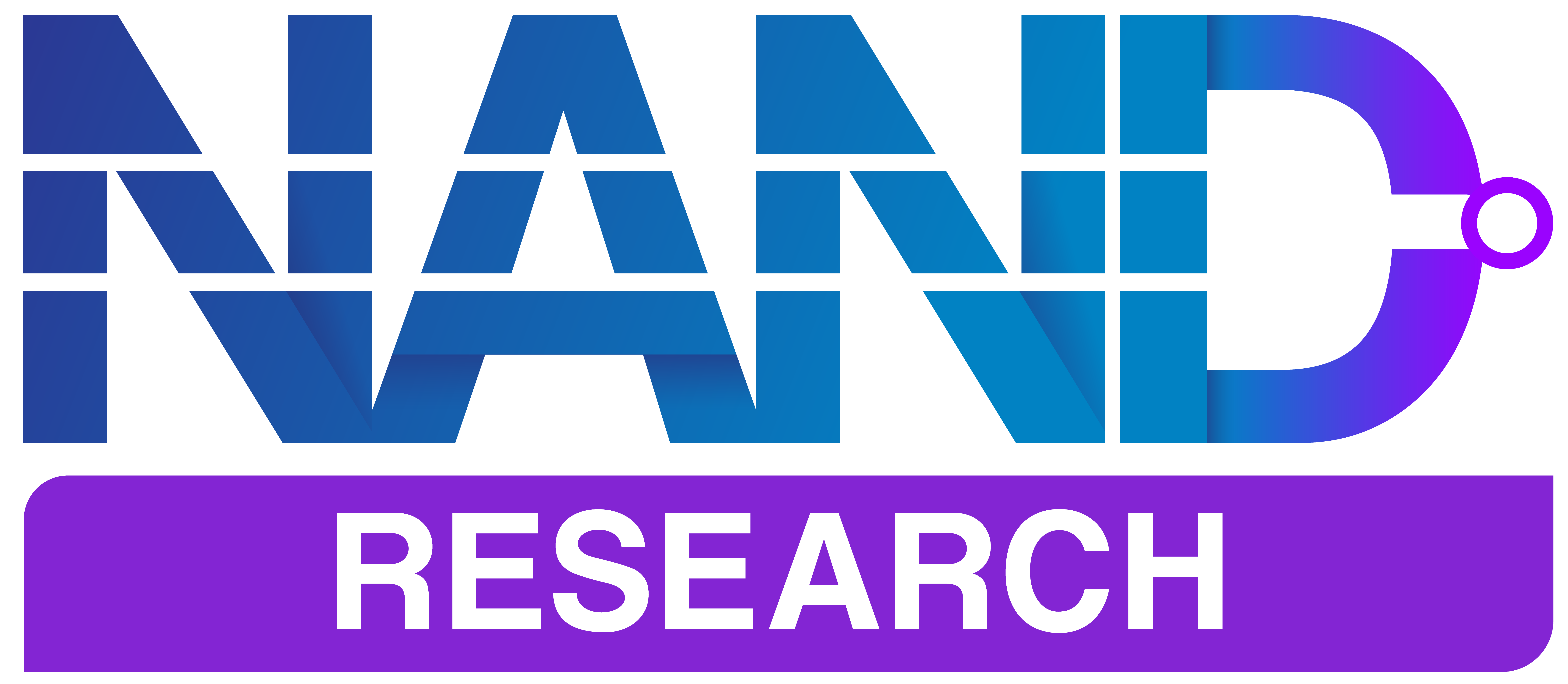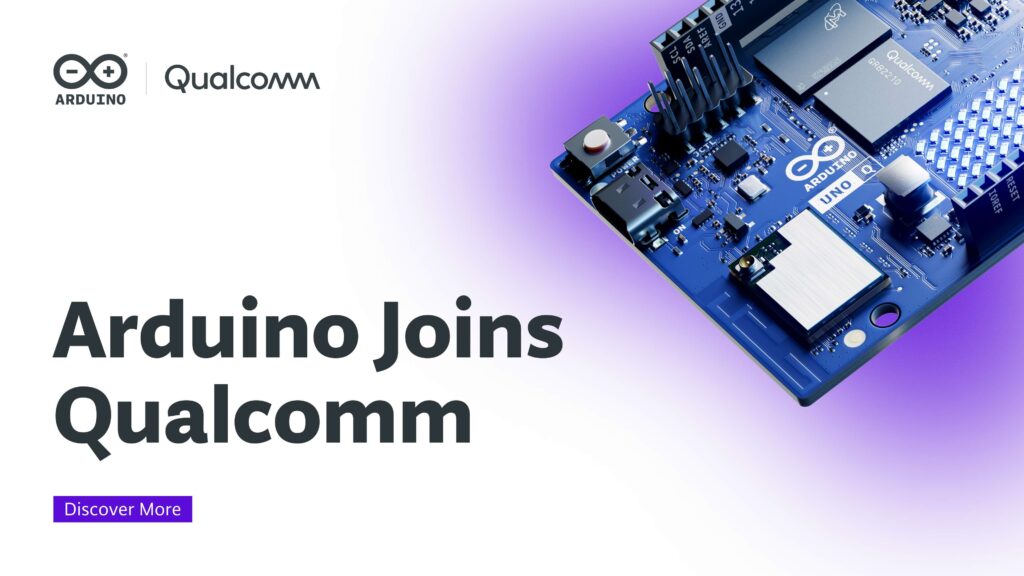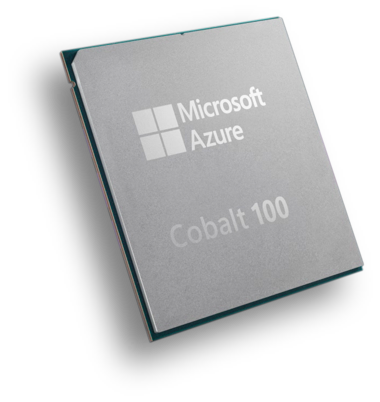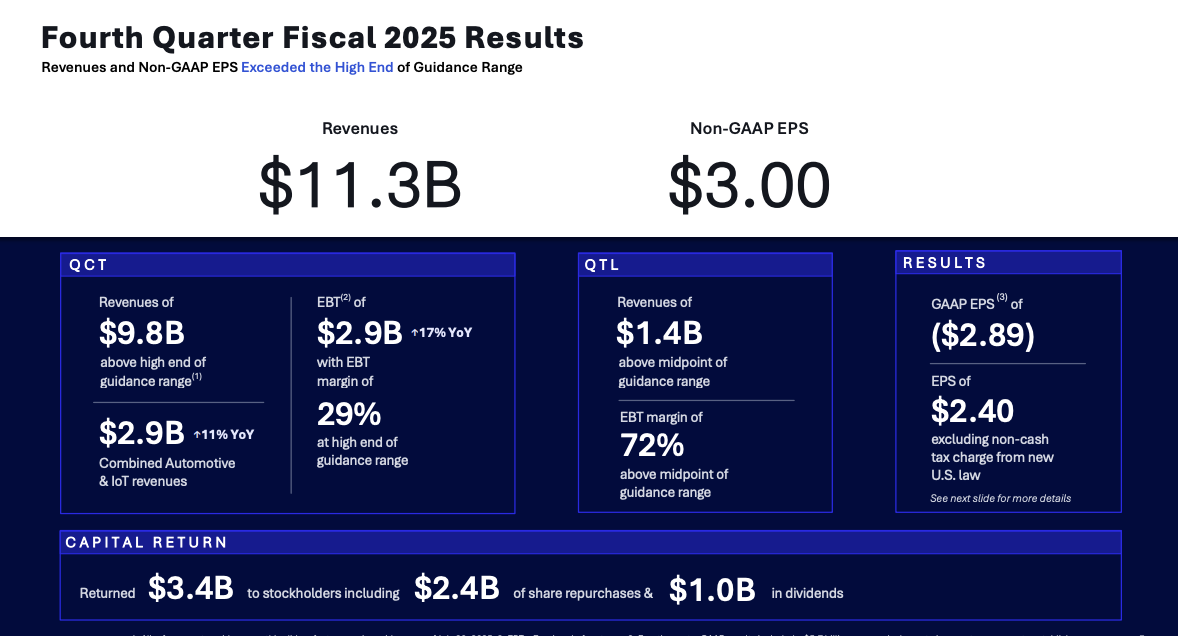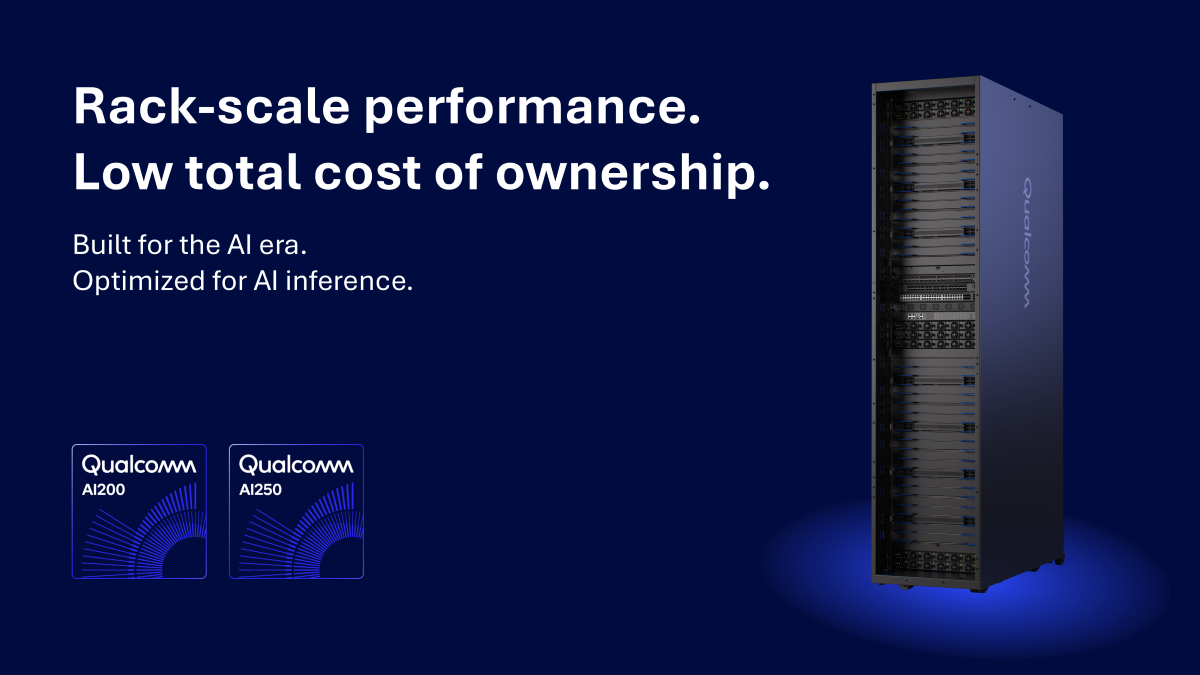Qualcomm announced its acquisition of Arduino, an open-source hardware and software company with an estimated 33 million active users.
The acquisition arrives as Qualcomm accelerates diversification beyond smartphones through its Dragonwing brand, launched earlier in 2025, showing the strong organizational commitment to IoT and edge computing as primary growth engines, alongside automotive.
This acquisition also follows Qualcomm’s recent purchases of Edge Impulse and Foundries.io, which completes a three-company strategy to establish a presence across the full IoT development lifecycle.
Qualcomm says that Arduino will operate as an independent subsidiary, retaining its brand, development tools, and multi-vendor silicon support.
Included in the deal is the new Arduino UNO Q, the first Arduino board powered by Qualcomm’s Dragonwing QRB2210 processor, alongside a new integrated development environment called Arduino App Lab.
Strategic Rationale & Fit
Qualcomm’s business is historically built on selling chips in large volumes to established manufacturers, primarily smartphone OEMs, automotive companies, and industrial equipment makers.
While its enterprise sales model has generated substantial revenue, it’s also created structural barriers to reaching developers, startups, and small teams.
This access problem has become more acute as robotics and edge AI markets develop. Unlike smartphones, where established manufacturers have dominated the category from its inception, robotics features a fragmented ecosystem of startups, research labs, and small manufacturers experimenting with new form factors and applications.
These organizations prototype with accessible development boards, establish technical preferences and expertise, then scale those choices into production. Qualcomm has historically been absent from this prototyping stage, ceding developer mindshare to others in the space.
This access problem has become more acute as Qualcomm pursues aggressive diversification beyond its mobile core. The company’s IoT and automotive businesses combined accounted for 30% of chip sales revenue in the most recent quarter, representing significant growth but still secondary segments compared to mobile.
As Qualcomm’s growth strategy hinges on expanding beyond its Snapdragon mobile systems, the company faces pressure to drive revenue growth in emerging categories. The company has responded with organizational and brand restructuring aligned with this strategy.
The introduction of the Qualcomm Dragonwing brand in early 2025 marks the company’s most explicit commitment to IoT and edge computing.
Dragonwing encompasses industrial IoT, robotics, and edge AI silicon designed specifically for these emerging markets rather than adapting mobile processors.
The brand launch demonstrates Qualcomm’s organizational recognition that IoT and edge markets require different product approaches, go-to-market strategies, and ecosystem engagement than smartphone markets.
The Arduino acquisition follows logically from this strategic repositioning: Dragonwing products need developer ecosystems, and Arduino provides access to precisely the developers Qualcomm seeks to reach.
Enabling an Ecosystem: Arduino’s True Value
Arduino’s value to Qualcomm lies primarily in its community position and brand recognition rather than its hardware revenue. With 36.7 million IDE downloads in the past year and presence across education, maker communities, and professional prototyping, Arduino occupies the entry point into hardware development.
The company’s open-source ethos and multi-vendor approach have built trust across a community often skeptical of corporate influence. Arduino’s support for chips from STMicroelectronics, Renesas, Microchip, and NXP showcases the platform’s neutrality, which has attracted developers uncomfortable with single-vendor ecosystems.
This neutrality paradoxically increases Arduino’s value to Qualcomm. The platform’s credibility stems from its independence from a chip vendor, making its influence more powerful when deployed thoughtfully. Qualcomm, in its analyst briefing about the announcement, reinforced that it has no intention of changing Arduino’s vendor-neutral approach.
Integration with Edge Impulse and Foundries.io
The Arduino acquisition completes a portfolio strategy that addresses different stages of the development lifecycle:
- Edge Impulse provides AI model development and training, particularly for edge deployment with constrained resources.
- Foundries.io offers secure Linux distributions and over-the-air update infrastructure.
- Arduino now adds accessible hardware prototyping and the developer onboarding function.
Together, these three companies form a development-to-deployment pipeline that competing silicon vendors must assemble through partnerships rather than ownership.
This integration creates specific technical advantages for the Dragonwing brand. Edge Impulse’s native integration with Arduino App Lab allows developers to train AI models and deploy them to Dragonwing processors without navigating multiple vendor relationships or integration challenges.
Foundries.io’s secure OTA capabilities can be extended to Arduino-based prototypes that transition to production, maintaining continuity in device management infrastructure from prototype to production deployment. The portfolio reduces friction at each stage of development while consistently exposing developers to Qualcomm technologies.
The three acquisitions also show Qualcomm’s strong organizational commitment to IoT and edge markets. Qualcomm has invested hundreds of millions of dollars (exact amounts undisclosed) to assemble this portfolio, demonstrating executive-level support for the Dragonwing strategy.
The portfolio strategy also addresses the commercial pathway ambiguity that has challenged Arduino’s historical positioning. Arduino boards serve prototyping well, but have lacked clear paths to production hardware :
- Edge Impulse provides production-grade AI deployment. Foundries.io offers production device management.
- Qualcomm Dragonwing provides commercial silicon.
The combination creates a more credible prototype-to-production story than Arduino could offer independently, although substantial engineering work remains between the prototype and the manufactured product.
Strategic Risks and Execution Challenges
Arduino’s value derives substantially from its community of developers who create tutorials, share projects, develop libraries, and provide peer support. This community formed around Arduino’s independence, open-source values, and multi-vendor approach. Corporate ownership, particularly by a silicon vendor with explicit commercial objectives in IoT markets, introduces inherent tensions with these values regardless of stated commitments.
The immediate social media reaction from these communities was decidedly mixed. However, we believe most of that reaction missed the point of the acquisition (bolstering Qualcomm’s reach into the IoT/edge developer ecosystem), focusing instead on what might become of Arduino’s well-liked entry-level products.
Qualcomm’s stated commitment to minimal operational changes (“My success criteria is that the Arduino ecosystem doesn’t even feel that there is any change in ownership here”) acknowledges this risk but does not eliminate it.
Qualcomm is taking a cautious approach to the acquisition that will, over time, mitigate the concerns. It’s something to continue to monitor.
Analysis
The Arduino acquisition provides Dragonwing with instant developer credibility that new chip brands typically require years to establish. Arduino’s established community and UNO Q’s compatibility with existing Arduino accessories and shields should significantly reduce adoption friction for Dragonwing products.
The association with Arduino also positions Dragonwing as accessible and developer-friendly rather than enterprise-only silicon. This perception shift is crucial for reaching startups and small teams in robotics and IoT markets, where Qualcomm has historically been perceived as serving only high-volume manufacturers.
The $44-59 price point for UNO Q reinforces the accessibility of Qualcomm’s technology, demonstrating that Dragonwing products can reach individual developers and smaller organizations, which Qualcomm has traditionally targeted.
On the competitive front, Dragonwing still lacks the technical reputation and ecosystem maturity that competing platforms have established. Nvidia’s Jetson platform has years of deployment history, extensive documentation, and proven performance in robotics applications. The Raspberry Pi’s broad ecosystem supports general-purpose computing and IoT with mature software.
Dragonwing must overcome these advantages through sustained investment in documentation, community support, and technical demonstrations. All indications are that Qualcomm understands these challenges and is actively addressing them.
For Qualcomm’s IoT diversification strategy, Arduino represents essential infrastructure rather than a sufficient solution. The company has assembled development tools (Arduino), AI deployment platforms (Edge Impulse), and device management capabilities (Foundries.io) that position Dragonwing competitively.
Converting this infrastructure into sustained IoT revenue growth requires execution excellence in community engagement, sales transformation, and commercial pathway development —organizational capabilities that Qualcomm must still demonstrate it can build.
The acquisition provides opportunity; execution determines outcome. We’re optimistic that Qualcomm will make it work.
Competitive Outlook & Advice to IT Buyers
These sections are only available to NAND Research clients and IT Advisory members. Please reach out to [email protected] to learn more.
